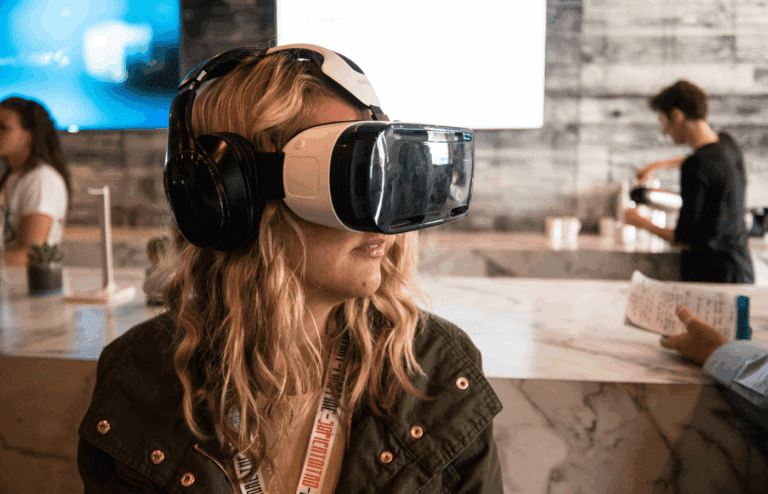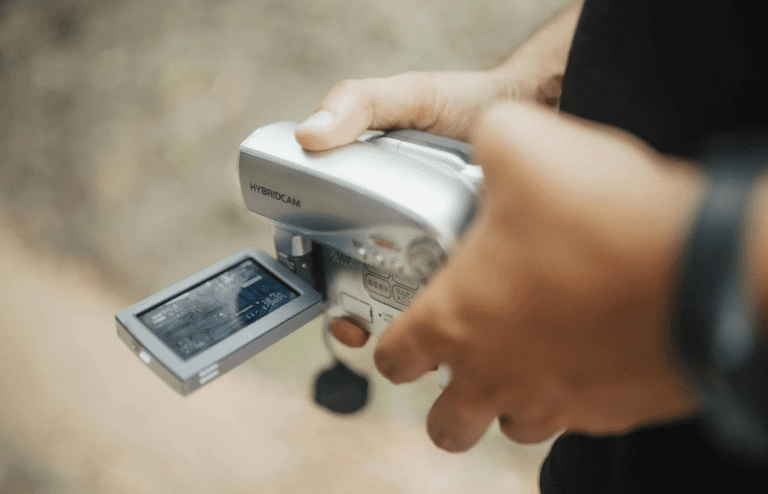A revolutionary bionic hand has been developed that connects directly directly to a person’s nerves, muscles, and bones. It uses AI to translate brain signals into simple, yet precise movements.

Revolutionary Prosthesis Development
A groundbreaking new development in prosthetics will be life-changing for people who have lost limbs. New AI technology is able to use brain signals to communicate with and control a prosthesis.
In the area of artificial limb replacement, the two biggest challenges have always been mechanically attaching and controlling of an artificial limb.
For people who have suffered the loss of a limb, despite the availability of a variety of sophisticated prosthetic devices, many patients reject them. This is based on their being too uncomfortable, and painful, as well as artificial limbs only providing only limited and unreliable control.
But now, a multidisciplinary group of engineers and surgeons have collaborated to achieve a groundbreaking advancement toward solving these problems.
Read More: How A Blood Test May Reveal Your Chances to Live to 100
Bionic Hand Controlled by Brain Signals
An international team of engineers and surgeons collaborated to create a revolutionary bionic hand, the success of which was reported in the journal Science Robotics.
Leading the research was Professor Max Ortiz Catalán, Head of Neural Prosthetic Research at the Bionics Institute in Australia and Founder of the Center for Bionics and Pain Research (CBPR) in Sweden.
The research documented a 50-year-old Swedish woman named Karin (full name undisclosed). Karin lost her hand more than 20 years ago in a farming accident.
Like many amputees, Karin was plagued by high levels of phantom limb pain. Phantom pain is a very common condition. Amputees perceive pain or discomfort in a limb that is no longer there.
“It felt like I constantly had my hand in a meat grinder, which created a high level of stress and I had to take high doses of various painkillers,” Karin said.
Karin also struggled for years trying to use conventional prosthetics, finding them uncomfortable and unreliable.
Amputee Receives Life-Changing Prosthetic
Karin became the first person with a below-elbow amputation to receive a new type of bionic hand. According to the researchers, the hand used a revolutionary “integrated surgical and engineering approach.”
Utilizing a unique technique, surgeons fused Karin’s skeleton to the bionic arm in a process called osseointegration. This describes an implant being accepted by the bone as part of it, rather than as some foreign object.
They also developed a human-machine interface, which enabled Karin’s nervous system to make an electrical connection with the prosthetic. Electrodes were implanted in certain nerves and muscles.
Doctors placed implants in the two main bones of the forearm, the ulna and the radius. They then performed a muscle graft from her leg to connect to these implants. This gave the severed muscles and nerves in the stump of Karen’s forearm something they could attach to. The muscle graft contained electrodes that amplify signals to the prosthetic interface.
The sensory electrodes are embedded inside the robotic hand rather than on the outside. This improves direct neural stimulation consistently and reliably.
Read More: 5 Simple Traits of Successful People
Function and Pain Improved
By anchoring the prosthesis directly to bone, it is much more comfortable for patients than conventional “ball-and-socket” prostheses.
The new technology improved Karin’s grip precision by nearly four-fold compared to conventional prosthetics, Science Alert reported.
The surgeons say that this approach to prosthetics has also helped to reduce Karin’s level of pain.
“For me, this research has meant a lot, as it has given me a better life,” Karin said. She added that she now has “better control over my prosthesis, but above all, my pain has decreased. Today, I need much less medication.”







